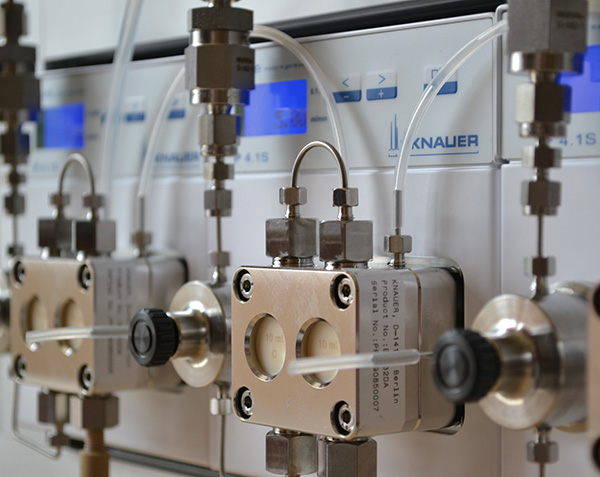This article will hopefully help you to understand the advantages and disadvantages of each option, and to think about how this applies to your particular requirements when deciding upon specification.
Firstly, a brief overview of the difference: –
Three pumps
- One pump for anion
- One pump for cation
- One pump for inhibitor
The principal advantage of this is simplicity. Initially this can be attractive with the potential to be easier to set-up and operate.
The disadvantage is that the dose of inhibitor is usually very small. This means that the inhibitor pump is dispensing a very small volume. Any discrepancy in pump flow rate will have a large effect on results. Using the usual method of checking the flow at the outlet of the machine will not show up this discrepancy as it is so small.
A further disadvantage to consider is cost – high quality, dual piston pumps are expensive, and can significantly impact the overall cost of a dynamic scale loop.
Two pumps
- One pump for cation
- One pump fed through a switching valve for anion and inhibitor
The switching valve is fed from two bottles, one containing anion and one containing anion with inhibitor pre-mixed. The computer accurately controls the switching valve, ensuring the correct mix between undiluted anion and the anion pre-mixed with inhibitor. This allows the computer to change the effective concentration of the inhibitor by using more/less of the anion with inhibitor pre-mixed and more/less of the undiluted anion.
This is the principal by which the automated testing works. After a period of time, the effective inhibitor concentration is reduced step by step until scale is formed. This is the minimum inhibitor concentration (MIC).
The advantages of this are, because the inhibitor is pre-mixed in the anion, it is far more dilute and the pump runs at a higher flow rate.
As such, any discrepancy in flow rate will easily be seen whilst measuring the flow at the outlet. As such, errors in data are much less likely.
There is the added advantage of keeping costs down, amounting to a significant saving if only two pumps are required.
The disadvantage is that, initially, it is slightly more difficult to learn how to operate.
It is sometimes incorrectly assumed that the two-pump option provides less accurate results but in our experience this claim is not evidential.
Reflecting on our analysis, it’s evident that the efficiency in dynamic scale loops is not merely about the number of pumps, but their operational capabilities. Between two pumps versus three pumps, the decision hinges on the unique needs of the chemist, including maintenance, versatility and fluid properties handling. While both have their merits, the optimum choice should align with specific operational demands and overall performance expectations.
Thus, peak performance doesn’t rely on quantity, but on strategic selection based on comparative efficiency.
**The above is a simplified description – in reality, both two and three pump systems also contain additional switching valves to enable automatic cleaning**
We continue to offer both 2-pump and 3-pump options.

